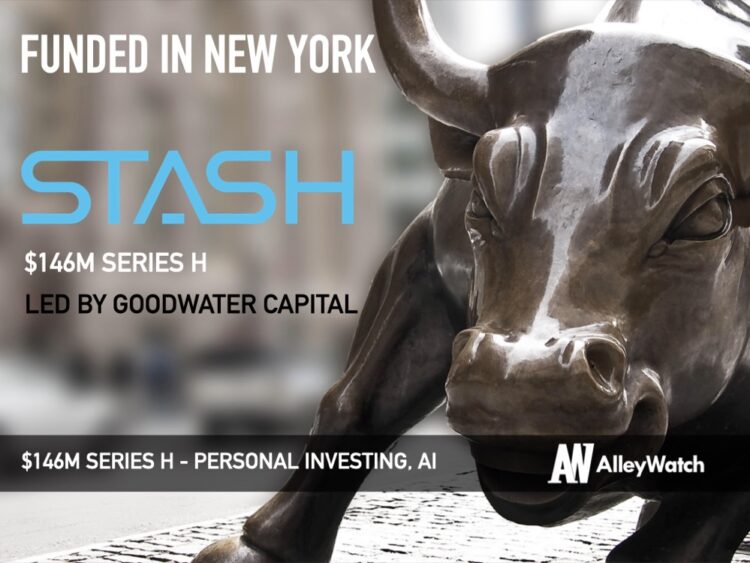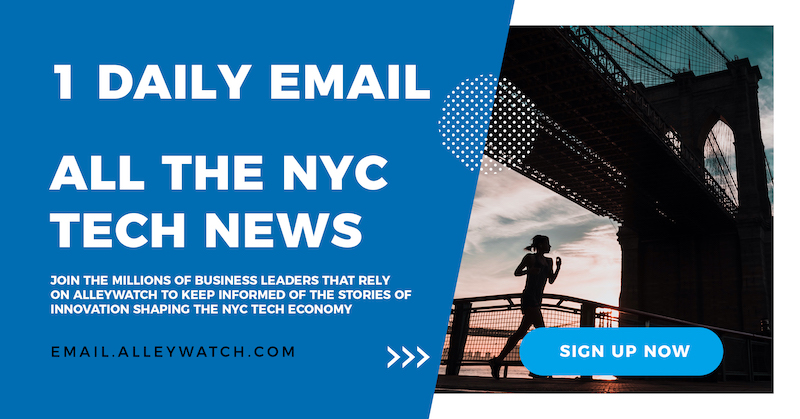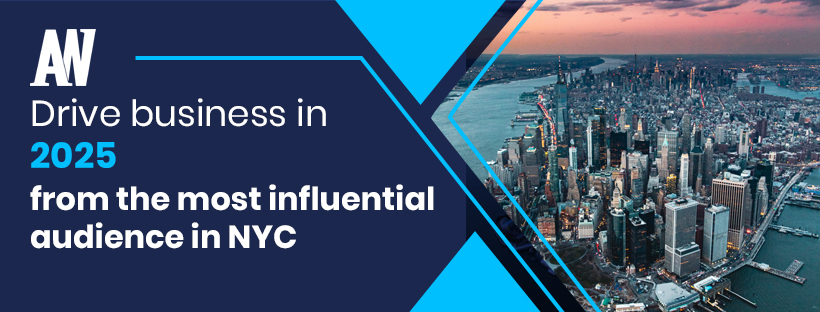Most Americans struggle with financial literacy and lack access to quality investment tools, while the financial industry reserves personalized guidance for those with significant wealth. Despite many fintech apps entering the market, everyday Americans remain underserved when building long-term wealth through consistent investing and sound financial habits. Stash tackles this problem with its subscription-based platform that makes investing, banking, and financial education accessible to everyone, regardless of their starting point. The company offers innovative features like the Stock-Back® Card, which turns everyday purchases into small ownership stakes in companies, and Smart Portfolio, which provides professionally managed investments. These tools have already helped millions of Americans begin their wealth-building journey. Their newly launched Money Coach AI delivers personalized financial guidance that adapts to each user’s specific goals and challenges, effectively democratizing expert advice previously available only to the wealthy.
AlleyWatch sat down with Brandon Krieg, Cofounder and Co-CEO of Stash, to learn more about the business, its future plans, and the company’s recent funding Series H round, which brings the total funding raised to $666M.
Who were your investors and how much did you raise?
We’ve just closed an oversubscribed $146M Series H round, led by Goodwater Capital. What’s particularly meaningful is the continued confidence from our existing investors, including New York’s Union Square Ventures, StepStone Group, Serengeti, and the University of Illinois Foundation, along with funds and accounts advised by T. Rowe Price Investment Management, Inc. This round lets us expand our personalized financial guidance powered by AI.
Please tell us about the product or service that Stash offers.
Stash is a personal finance platform that makes investing and banking accessible to everyday Americans. We believe anyone can be an investor, not just the wealthy. Our tools help people build wealth over time, regardless of their starting point. Unlike apps that focus on trading and quick wins, Stash helps people build healthy money habits for the long run.
With 1.3M paying subscribers and over $4B in assets under management, we’ve shown that our approach works. Most of our customers (86%) are new to investing and never had personalized financial help before. They stick with us too – we keep 79% of customers with smaller accounts and up to 87% of those with larger balances. Our customers typically deposit about $45 weekly – small, regular contributions that grow over time. We’re now cash flow positive, which means we’ve grown from startup to sustainable business.
Our newest feature, Money Coach AI, gives personalized financial guidance that was previously only available to wealthy people – now accessible to millions of everyday Americans who need it most.
You stepped away from Stash for a bit and recently returned. Please tell us about that.
My cofounder Ed Robinson and I built Stash from scratch, growing it to serve millions of customers. After seven intense years, we both needed to step back, get some perspective, and recharge. That break gave us real clarity on Stash’s next chapter. Coming back as co-CEOs has been energizing. Things have changed a lot – AI, personal finance services built into everyday apps, and what consumers expect today have all created new possibilities.
But the core problem remains that millions of Americans still don’t have the guidance, tools, and confidence to build financial security. The time away helped us see what needed to change, but also what parts of our culture and mission we needed to protect as we grow.
The financial system still isn’t working for everyday Americans. Too many people are living paycheck to paycheck without a safety net. We came back because we believe Stash is uniquely positioned to solve this problem at scale. We’re now laser-focused on making smart financial decisions simple and accessible for everyone. This means building more personalized guidance that meets people where they are, simplifying our product experience, and strengthening the foundations that have already helped millions save and invest for their futures.
How is Stash different?
Stash is built for people who want to make smart financial decisions but don’t have the time, knowledge, or confidence to go it alone. We don’t just give people access to investing—we offer education, automation, and real-time advice, all in one place, helping people build good habits, not just open accounts.
First, our Stock-Back® Card turns everyday spending into small ownership stakes in the companies customers shop with – you’re building wealth just by buying groceries or coffee. Buy bread at Kroger, get Kroger stock. Grab something at Whole Foods, get Amazon stock.
Second, we design everything with real human psychology in mind. Our platform helps overcome the mental blocks to good money habits through automatic saving, small-dollar investing, and timely nudges.
Third, Money Coach AI gives personalized money advice through a simple conversation that adapts to each person’s situation. This isn’t generic money tips – it’s guidance tailored to people’s specific goals and challenges. In fact, nearly one in four customers have taken a step toward diversifying their portfolio, buying, or depositing after engaging with this product.
What market does Stash target and how big is it?
We’re focused on the tens of millions of Americans who are overlooked by traditional financial institutions—everyday people earning between $50,000 and $150,000 a year who want to invest and save but feel shut out or confused by traditional banks and investing firms. This group has over ~$450B in money they could invest, yet most financial companies ignore them.
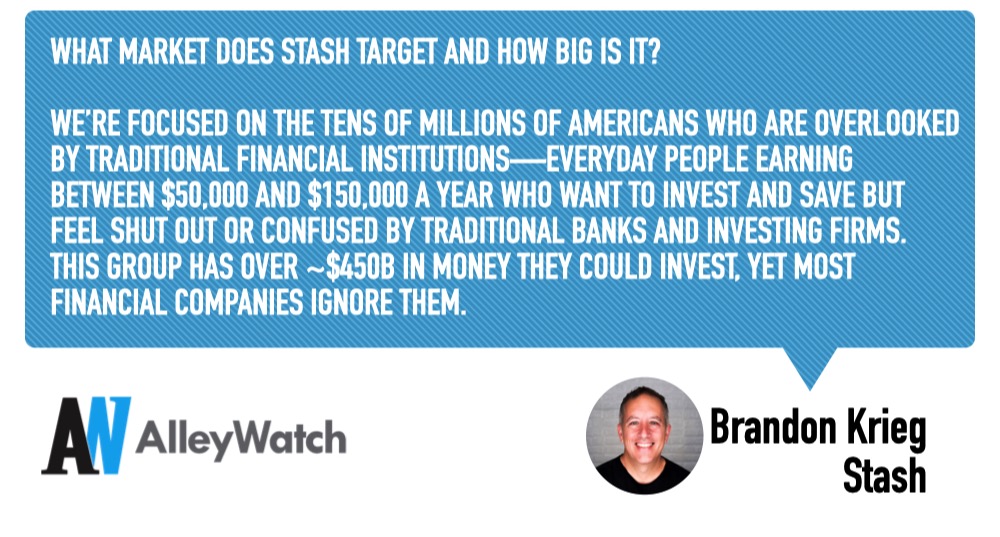
What makes this market special is that these people are in their prime working years but don’t have enough money saved to get attention from traditional financial advisors. They’re often stretched thin financially but have goals and dreams – exactly the group that gets the most value from our easy-to-use tools, straightforward education, and personalized guidance.
What’s your business model?
We operate a subscription-based model that starts at just $3/month. That pricing unlocks access to a full suite of tools, including investing, banking, budgeting, and retirement planning. We also generate revenue through our debit card interchange, stock rewards, and assets under management—but our focus is always on alignment with our customers. When they grow, we grow.
How has the company and industry evolved since the founding of Stash?
Since starting Stash 10 years ago, the conversation has shifted from “can I start investing?” to “how do I do it well?” That’s where tools like Money Coach AI come in – bridging access with actionable advice. The fintech industry has exploded with access and automation, but too few companies help customers know what to do, when, and why. What sets companies apart is trust and the ability to help people build real financial habits.
Maybe most importantly, people are now more focused on building wealth for the long run rather than making quick profits. As markets have become more unpredictable and the economy more uncertain, our steady, educational approach has connected even more strongly with customers looking for financial stability.
How are you preparing for a potential economic slowdown?
Tough economic times actually make what we offer even more valuable. When things get rough, people need good financial guidance more than ever, and our subscription model gives us steady revenue even when markets are down.
We’ve built Stash to be resilient – keeping healthy cash reserves, making sure each customer we bring in is profitable, and balancing growth with making money. Our recent funding gives us extra strength, so we can keep improving our product and bringing in new customers even if the economy slows down.
Most importantly, we’re focusing on giving more value to our existing customers to keep them engaged. Our data shows that during past market downturns, our customers continue to regularly deposit and invest, as we have every month since our inception with net inflows (more inflows on the platform than outflows from the platform, even during down markets).
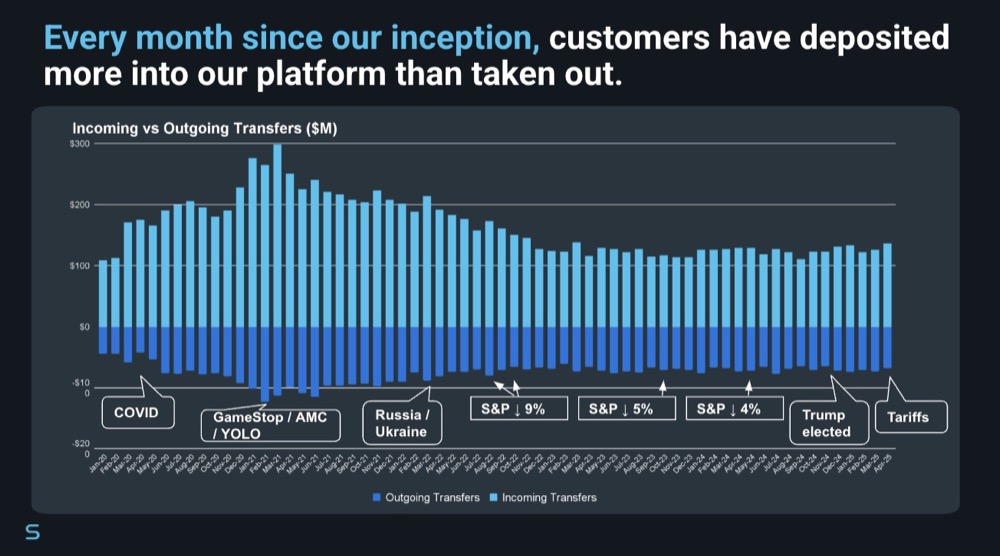
What are the milestones you plan to achieve in the next six months?
Over the next six months, we’re focused on two main goals:
First, we’re investing more in Money Coach AI and expanding its capabilities, with new features that make it easier to access advice such as diversification recommendations and investment picks tailored to your interests.
Second, we’re expanding our Stock Rewards program – which gives customers actual shares of stock instead of traditional cash back when they shop at participating companies. For example, when you buy something from a retailer, you’ll earn fractional shares in that company’s stock rather than cash back points.
What advice can you offer companies in New York that do not have a fresh injection of capital in the bank?
As someone who’s built a company through both good and tough times in New York, my advice focuses on using what makes this city special while being smart with money.
First, take a hard look at your unit economics. If these numbers don’t work, fix that before anything else rather than hoping more capital will solve the problem. Second, tap into New York’s incredible talent pool. The city’s mix of skills and backgrounds is incredible – from finance experts to creative thinkers to tech innovators – letting you build teams of problem solvers. Third, take care of your existing customers and your team. We make sure our team understands our position and feels secure, while also ensuring our customers receive as much value as possible from us. A motivated team delivers better service, and satisfied customers become your most powerful marketers. Finally, this is a time to sharpen your story for investors. New York VCs respect companies that can grow efficiently. Between funding rounds, we built clear dashboards showing our improving economics, which became powerful tools when we went back to raise more money.
What’s your favorite spring destination in and around the city?
Stone Street! It’s popular, but every time I’m there it’s like discovering a secret European hangout right in the middle of the Financial District.


